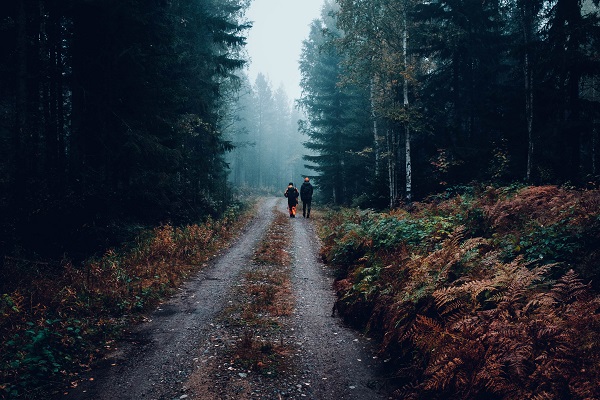Do you love hunting but don’t own property? Public land hunting may be the answer for you. But, there are so many different types of public land hunting opportunities ranging from National Wildlife Refuges, State Forests, State Parks, Nature Preserves, Natural Areas, Nature Conservancies, Wildlife Management Areas, Lands maintained by Army Corps of Engineers, and Military Establishments.
So, with so much public land throughout the country, where in the world do you even begin in developing a strategy to hunt public land?
Check out these public hunting land tips to help you start enjoying the vast opportunities!
- Know the Rules and Regulations
- Use Maps & Boots
- Take Advantage of the Seasons
- Know Thy Transportation
- Get the Right Gear
- Use Trail Cameras
Regardless of what type of opportunities your state offers, you may find it easier to begin hunting these lands by becoming familiar with the following public land hunting tips.
Tip #1: Know The Rules & Regulations Where You Hunt
Whenever I venture onto public land, whether I have hunted that particular piece of property before or not, I always familiarize or update myself with the local as well as state hunting regulations that are in effect where I am going to hunt.
In my home state of Virginia, the Department of Game and Inland Fisheries does a good job of providing outdoorsmen and women with these regulations. It does so in the forms of booklets and also by keeping the website and public land kiosks up to date with important information that could impact a visitor’s trip.
-
Sale!
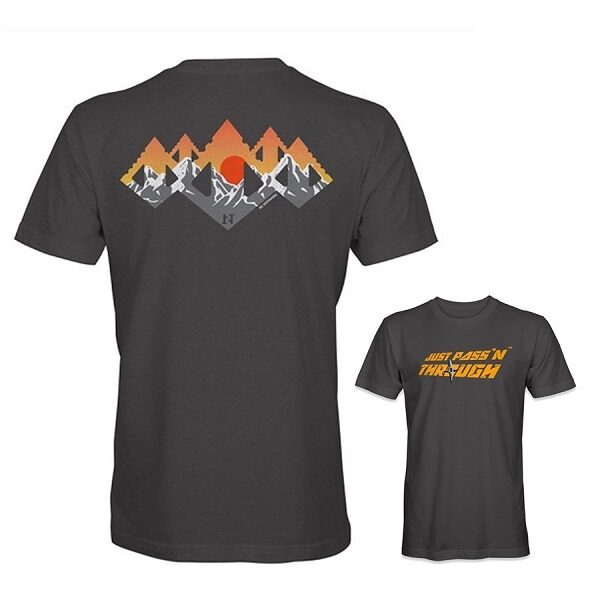
Just Pass’N Through™ Tee (featuring Magnus Black Hornet Ser-Razor Broadhead)
$15.00 Select options This product has multiple variants. The options may be chosen on the product page -
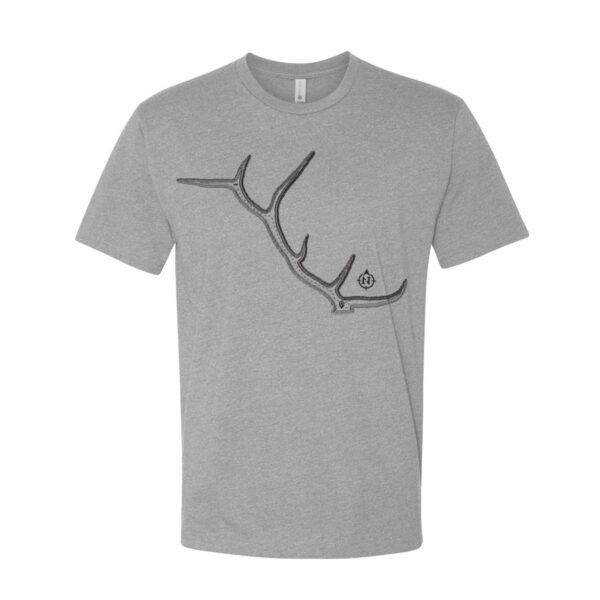
N1 Outdoors® Tine Lines™ Elk Antler Tee
Price range: $26.99 through $29.99 Select options This product has multiple variants. The options may be chosen on the product page -
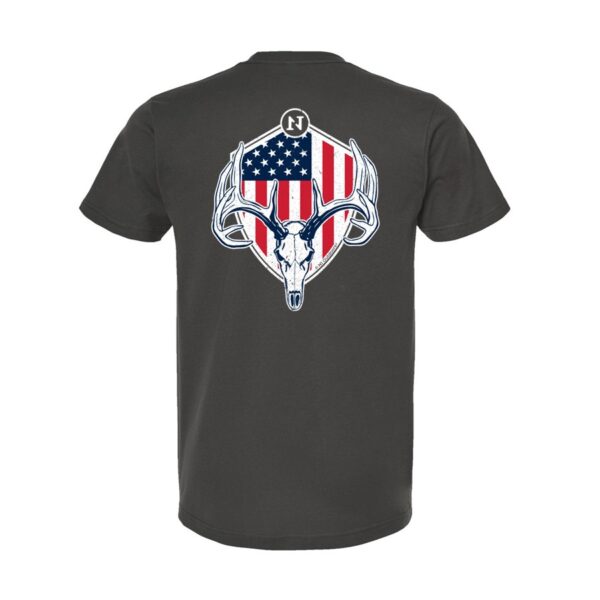
N1 Outdoors® “USA Antler” Tee
Price range: $24.99 through $28.99 Select options This product has multiple variants. The options may be chosen on the product page
Get Your Hunting License
A regulation that goes hand-in-hand with hunting in all states is having the required hunting license or permit. It is becoming more frequent for state natural resource departments to require hunters, hikers, bikers, and even bird watchers to either have a permit, license (or in Virginia, an Access Permit) on hand before they can enjoy public lands.
Regardless of what your prey may be or what time of year you plan on taking a public land adventure, you will not go wrong by becoming familiar with the local regulations and rules that may affect your trip. Understanding such guidelines could not only make the difference in you having a safe and legal hunt this season, but ultimately will lay the foundation for a rewarding public land experience.
Tip #2: Use The Scouting Match Made In Heaven… Maps And Boots
You might already use maps when you hunt. However, you may not realize that many local government agencies will provide free maps of public hunting land.
Using these maps can be a great resource for hunters to learn valuable information about the land they are hunting when pursuing game.
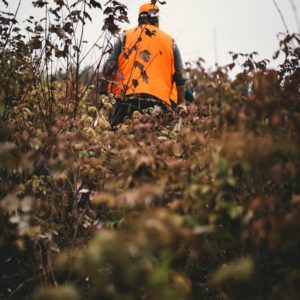
Use maps to help you learn how other hunters may be accessing the same parcel of public hunting land.
Whether you use government maps or get mapping information from an internet source like Google Maps, Google Earth, or one of these latest and greatest phone apps like OnX Maps, you can certainly build your knowledge about the area of public land you are scouting or hunting.
>>Join the N1 Outdoors Mailing List for news on all the latest products!
If a hunter knows what he or she is looking at on a map, that hunter’s boots can take them anywhere on a map in search of “prime” locations that could be hot spots for wild game such as whitetail deer. By examining an updated map, a hunter can pin point key areas and resources just by looking at that map. Then, a game plan can be developed based on those key areas and resources.
Some key areas and resources to be mindful of on public land maps include:
- Any local agriculture or food sources
- Natural transition areas where two or more different habitats come together
- Waterways or other water sources
- Trails, roadways or property boundary lines
- Bedding areas
- Areas of elevations
- Areas leading to hunter access
- Any local agriculture or food sources
- Natural transition areas where two or more different habitats come together
- Waterways or other water sources
- Trails, roadways or property boundary lines
- Bedding areas
- Areas of elevation
- Areas leading to hunter access
Hunter Access
When it comes to combining maps and scouting, I love the element of hunter access, and maps can tell you a lot about it!
Maps are also helpful in predicting what other hunters may do regarding how they access a piece of public land. Not to suggest that hunters are lazy, but many are creatures of habit as well as convenience. Simply put, many hunters will follow the path of least resistance in accessing a hunting location.
This means that most of the time, they will use the same locations of access (public parking areas to public access roadways) to get to their stand setups as well as the same entry/exit access points which will allow them the easiest way to and from their vehicles.
I have discovered while hunting public lands that if hunters are more inclined to take the road less traveled, which could mean a path of more resistance or a longer entry/exit access point, they will not only discover more encounters with game, but less encounters with other hunters.
By combining map study and physical effort, you can discover these areas that most other hunters will not be willingly to venture off to. The payoff in the form of a successful kill or greater sense of accomplishment is hard to match.
Some hunters will even opt for access via mountain bikes, which can provide a quiet, but faster route to the hunting location.
-
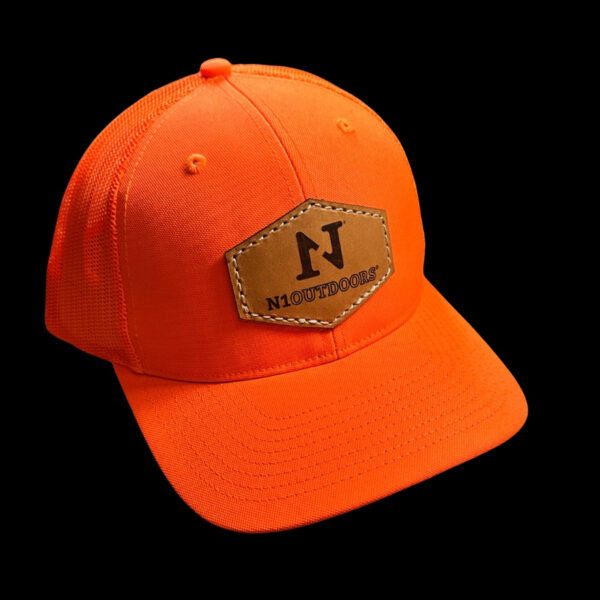
N1 Outdoors® Blaze Orange Leather Patch Hat
$26.99 Select options This product has multiple variants. The options may be chosen on the product page -
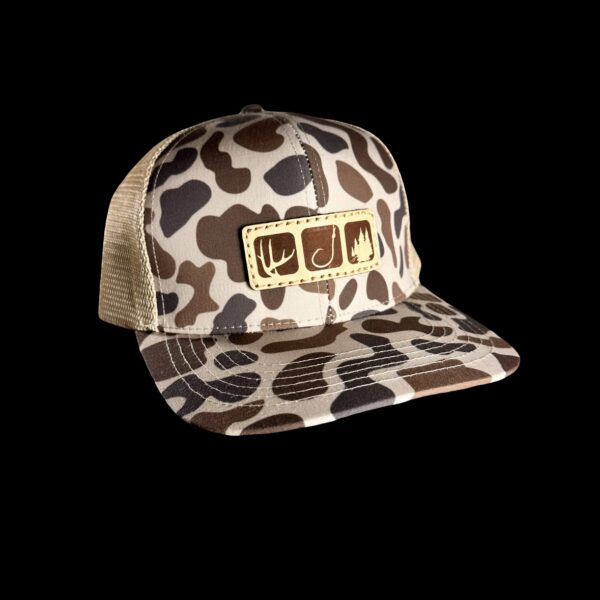
N1 Outdoors® Flagship TriBlock Slough Camo Leather Patch Trucker Hat
$29.99 Select options This product has multiple variants. The options may be chosen on the product page -
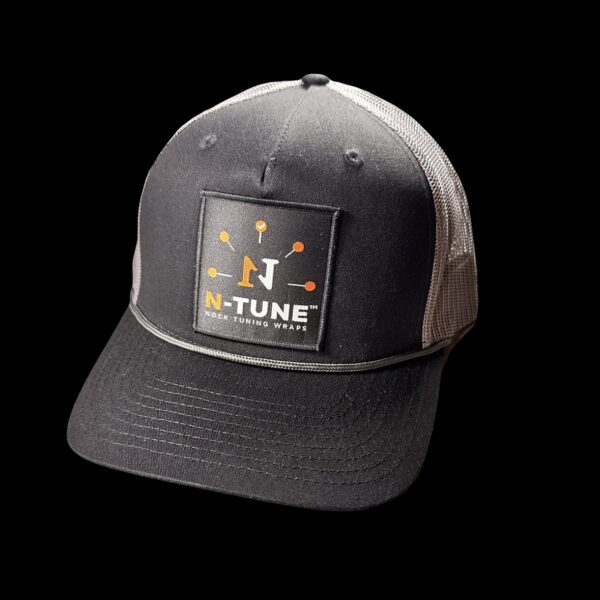
N1 Outdoors® N-Tune™ Patch Trucker Rope Hat (Black & Gray)
$26.99 Select options This product has multiple variants. The options may be chosen on the product page
Identification Of Deer Habitat
Studying maps can also provide hunters an opportunity to discover overlooked areas that many hunters just do not realize game like whitetails are hiding in. In these areas, being able to identify public parking areas and highly trafficked roads can be extremely productive areas for hunters who take the time to study the maps and then put their boots to work.
Tip #3: Take Advantage Of The Seasons
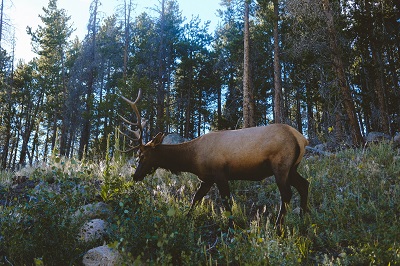
For bow hunters, archery seasons often provide an opportunity to hunt public land with fewer hunters around.
In all public hunting lands, there is at least one season for hunters to take advantage of big game with a particular weapon. But on many public lands, big game can be hunted during different seasons such as early archery season, gun season, or maybe a late muzzle loader season.
In some states, like here in Virginia, hunters can chase game during overlapping seasons. In my experience hunting big game on public land, I have found that many hunters choose to hunt more during the general firearms season than any other season. This can really be good news for the bowhunter and the black powder hunter in the short and long term.
>> Love To Bowhunt? Check Out all our bowhunting and archery tees!<<
If archery and black powder hunters play their cards right, they can avoid the high traffic of a gun season by spending the majority of their hunting time during the archery and muzzle loader seasons.
These hunters will discover the benefits of hunting these seasons as there will typically be more encounters with big game and generally less pressure from other hunters. Combine that with good scouting techniques and the willingness to venture deeper into public land, and hunters can hope to have much more success during their public land outings.
Tip #4: Know Thy Transportation
Protection of our public lands is a high priority. That also goes for the public roadways, trails, or paths that lie within. Hunters, hikers, and campers across the country will quickly find that most public lands have limited roadway access. This often includes restrictions on motor vehicles, including ATVs. This means that visitors are usually limited to walking or using bicycles, or in some cases, electric vehicles.
Other than your own two feet, the other two options that I know of that can help get you and your gear from point A to point B when hunting public land would be a bicycle or a good game cart.
I myself rarely use one during hunting season, but a bicycle is one of my best resources during the off-season when it comes to scouting as well as helping me move tree stands or other gear around public land.
I have found that using a bicycle during the off-season is so beneficial that I get twice the work accomplished and twice the scouting done.
During hunting season, I always have my game cart with me. A game cart is just as important to me as having my license, weapon, and other gear.
I just know that I am going to need it and I am always better off with it. Most of my hunts on public land take me around a mile or more into public land, so by having it, I can place all my gear on top of it, strap it down and transport it with ease while I walk. Not to mention when I do harvest big game, it makes life so much easier if I don’t have a partner with me.
Not all local agencies see eye to eye on the topic of public land transportation. So, before venturing off to your local public hunting lands this season, make sure you check with your local agency to see what the acceptable forms of transportation are before bringing your ATV or purchasing that new electric bicycle.
Tip #5: Have The Right Hunting Gear
Every hunter has gear, but some have it coming out from their ears!
Of course, it’s easy to think we need the latest and greatest gear, but I am going to tell you the simplest pieces of gear that will help you not only be successful, but safe while hunting public land.
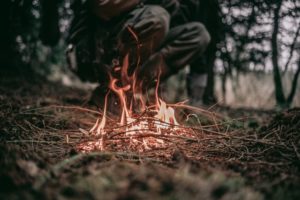
A fire starter is one of the most essential pieces of gear when out hunting public land. In a survival situation, it could be a life-saver.
To go along with your map, you can never go wrong with the following items when hunting public land:
- Compass: A good compass is a must and something you should know how to use. Some public lands make it mandatory for hunters or visitors to carry a compass when on those lands in the event that they get lost. On big tracts of land, you will be thankful to have this piece of equipment if you ever get turned around.
- Headlamp: A reliable headlamp with extra batteries is important to have for entry and exit. But, if you are ever lost, this resource can help others locate you.
- Orange: Blaze orange or pink is typically going to be something that hunters should have on during most firearm seasons, and possibly during other hunting seasons, depending on local regulations. Having this garment with you at all times, regardless of the season, can be an important piece of safety equipment while moving about public land.
- Fire Starter: The all-important fire starter is something that I think most hunters overlook in their pack. I hunt land that I am very familiar with, but you just never know what may happen when you are out on an adventure. So, a fire starter is a tool that could be critical to your survival in unfamiliar or even familiar territory. I always carry a fire starter, just in case. Bowdrills, fire saws, flint and steel, magnifying lenses, matches, lighters, battery and steel wool and fire pistons are all types of fire starters
- Boots: Taking care of your feet is extremely important. So, having a good fitting, durable pair of boots is a must. For me, I prefer to use rubber boots, mainly because the majority of the land I venture into has swamps or marshes. These boots also provide good protection from snakes. This really sets my mind at ease during the early season, as I move through thick cover. Always carry an extra pair of socks, regardless of the season. Your feet will thank you for it!
Tip #6: Use Trail Cameras
Over the years, I have become addicted to – and really do depend on – the information that game cameras can provide me. Whether it is areas I have a history of hunting, or new areas I am learning about, game cameras are a perfect way for me to gather needed information without continuously disrupting a particular spot.
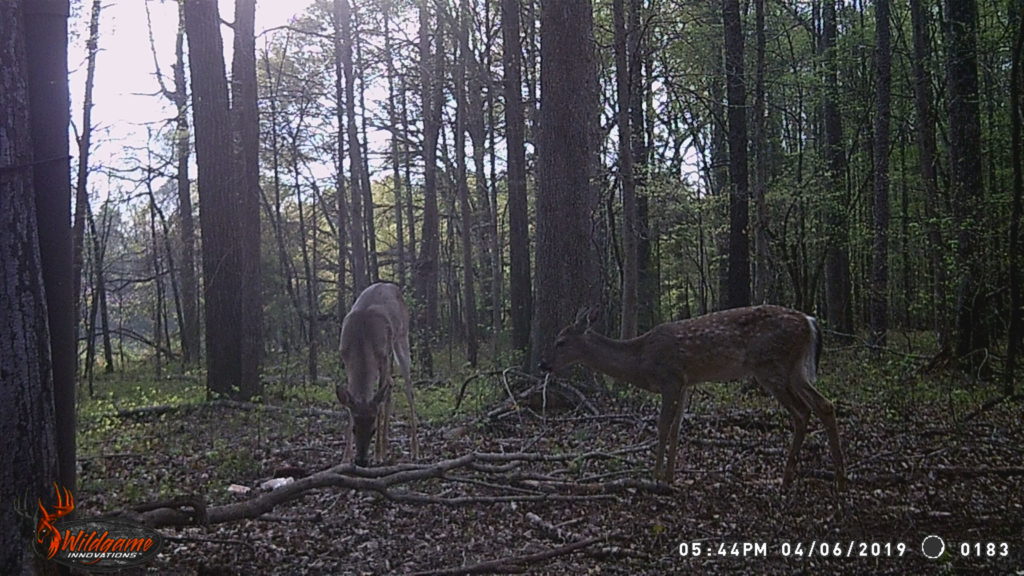
Trail cameras can be very useful in determining what types of game may be frequenting the public land that you are planning to hunt.
Typically, I will leave my game cameras out during the summer months into the opening of season and I may check them roughly two to four times before the season begins. I place my cameras near known bedding areas and travel corridors, where I have established mock scrapes, or near established stand setups.
When I do check these cameras, I will be able to determine what type of game is in the area, if the area is going to be productive for what I am pursuing at the start of the season, or if I need to abandon the area altogether and move to a different location.
A camera can help me determine if I have a doe “hot spot” or doe bedding area. It will give me an idea of when the rut is picking up or tapering off. Game cameras will also provide information on possible shooter bucks to target. Sometimes cameras can provide insight on why you may not have as much game traffic in a particular area. Perhaps you are getting more coyote traffic or bear traffic, which could discourage animals like deer from using that particular location.
In some cases, a spot you thought was secluded and out of the way may end up proving to be a highly trafficked area by other hunters.
In any event, using game cameras on public lands can really help you determine what you are working with when it comes to particular locations. Be advised, cameras are a resource that others are willing to take from you! So, take the proper precautions to protect your trail cameras. This may mean you may have to secure them by locking them to a tree, or as I have done in the past, placing them at an elevated level, making harder for others to get see and get to.
-
Sale!
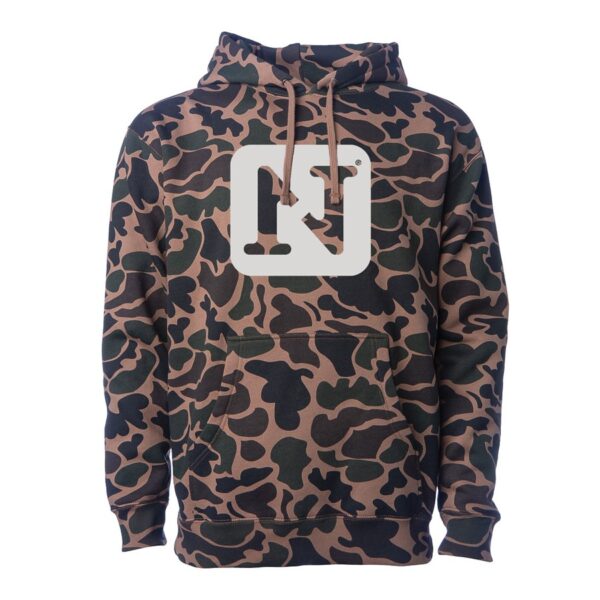
N1 Outdoors® Duck Camo Block Logo Heavyweight Hoodie
$34.00 Select options This product has multiple variants. The options may be chosen on the product page -
Sale!

N1 Outdoors® Est. 2014 Forest Camo Heavyweight Sweatshirt Hoodie
$34.00 Select options This product has multiple variants. The options may be chosen on the product page -
Sale!
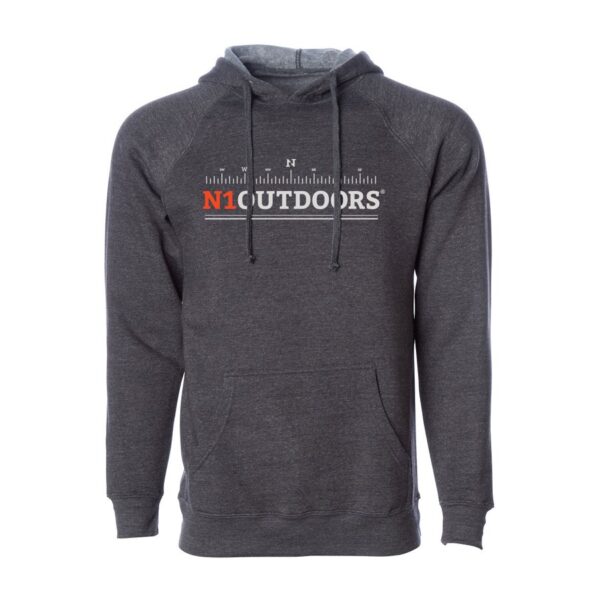
N1 Outdoors® Compass Pullover Hoodie
$34.00 Select options This product has multiple variants. The options may be chosen on the product page
Public Land Hunting Tips Conclusion
There are so many other tips I could provide when it comes to public land hunting. But, the tips I have provided here are ones that have been tried and proven effective for me on the public lands I hunt. And, I am sure they will work for you on whatever public land you explore and hunt.
When you go out, look back on these tips and use them to your advantage this season and in the years to come. You will find that by using them, and maybe even by altering them somewhat, that you will have much more success when you are hunting public lands in the future.
Remember that there is nothing more important than being safe when you are out. So, take every precaution to do so, and make sure you take every opportunity to make a “Trophy Moment!”
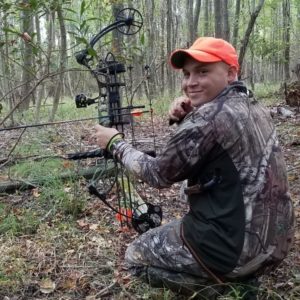
You can read about N1 Outdoors and even learn how each of our apparel designs came to be!

